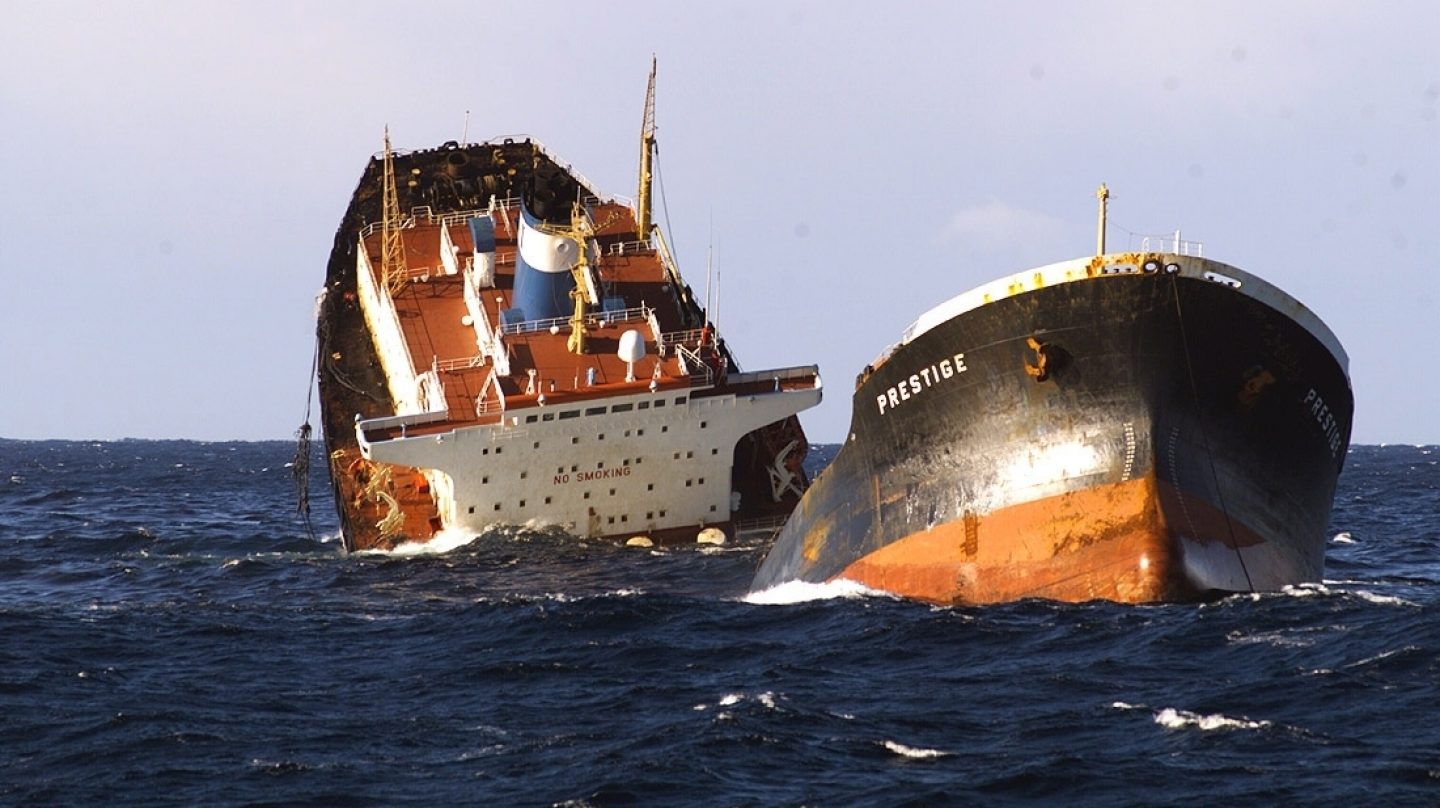Crack monitoring for Oil & Gas structures, FPSO, and vessels
We provide remote crack monitoring EC systems, leveraging our legacy and compliant underwater EC NDT instrument into structural health monitoring and condition based maintenance. The sensor based monitoring advantageously replaces the frequent inspections required to monitor the crack. The monitoring data are transmitted to a level II EC inspector who can assess the data and validate reports on- or offshore. It can be applied in a wide range of Oil & Gas environments, including UW. Contact us for ATEX, through-wall, and high temperature conditions. Our remote inspection solution has been deployed in more than 10 assets. It is routinely used by testing labs to precisely assess crack growth during fatigue tests. The crack monitoring system can be launched in lightweight mode in few hours under rig manager responsibility, i.e. even before IT authorizations for having the system online are obtained. The system can be advantageously deployed in the frame of a standard or ROV based inspection, providing the zero point status of the crack. The system is undemanding in downstream bandwidth, while offering consolidated actionable information such as whether the crack is growing or not. With no interaction with other components and the supervision of an inspector (“man in the loop”), it does not suffer from the cyber security weaknesses of IoT systems. Our compliant reports are generated at periodic time intervals, defined with the operator. They are continuously available, tamper proofed, independently verifiable, and secure digital equivalents of traditional NDT paper reports. We offer project-based solutions for the evaluation of the sensor best matching your needs and for its deployment. A simple subscription agreement is then setup for the monitoring of the crack with the generation of periodic compliant e-reports.
We support our customers in a 3-step approach: First inspecting the structure using compliant NDT techniques. Then, if a crack is detected, we will deploy a monitoring system aimed at mitigating the associated risks and obtaining a temporary authorisation to continue exploitation. Third, a wide range of additional sensors can be deployed to evaluate the remaining lifetime and understand the origin of the crack, therefore improving future designs. Other applicationsOur crack monitoring product can be advantageously used for transportation (metallic bridges), power gen, and chemical applications, including for high temperature components. Contact us for more information.Technical Description |
Contact
AIMsight, powered by Sensima2 Route Cité Ouest, CH-1196 Gland, Switzerland
Phone: +41 22 364 49 57
email: info@aimsight.com
Copyright (c) 2019 Sensima Inspection. All Rights Reserved. Terms of use | Privacy policy |

